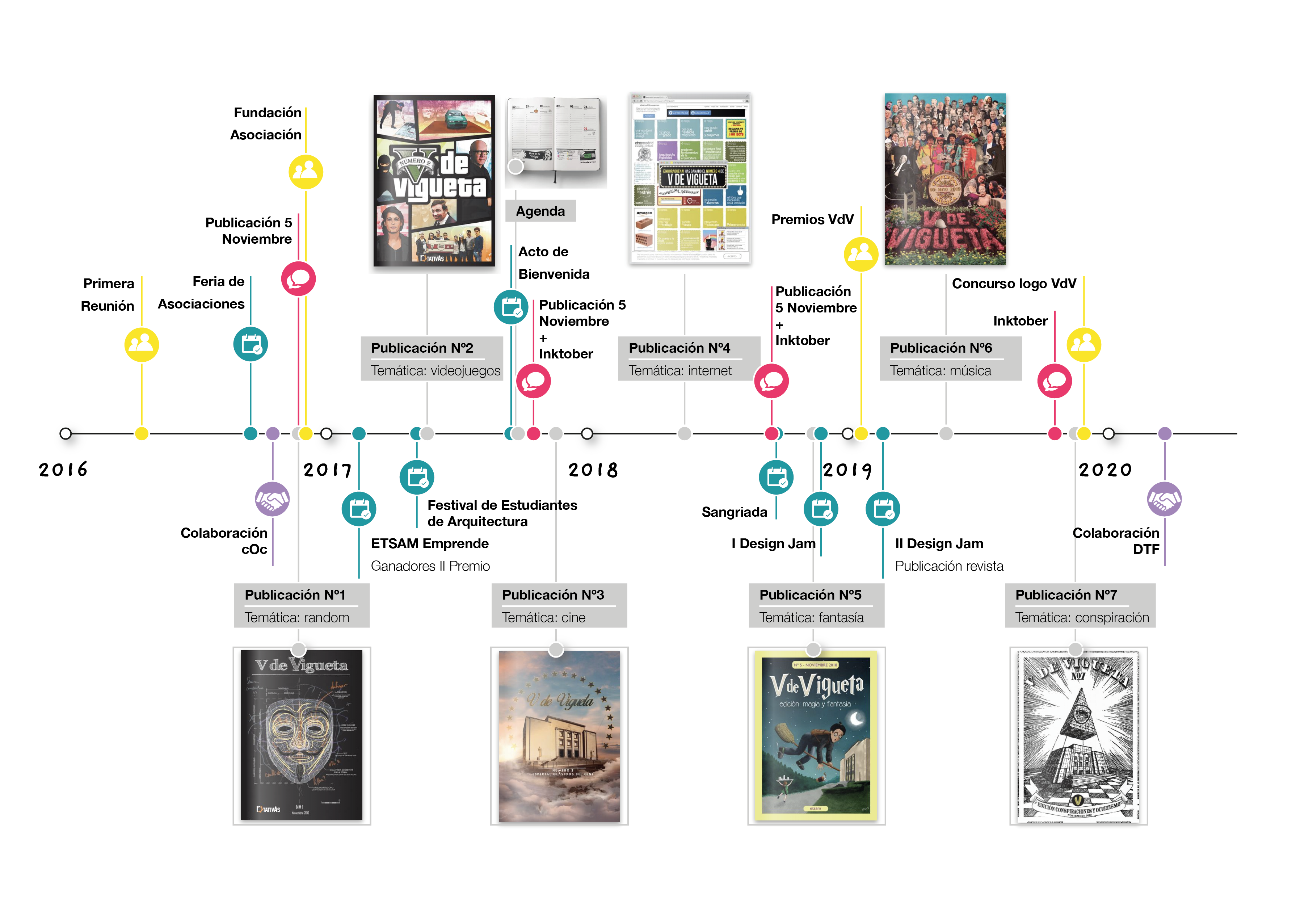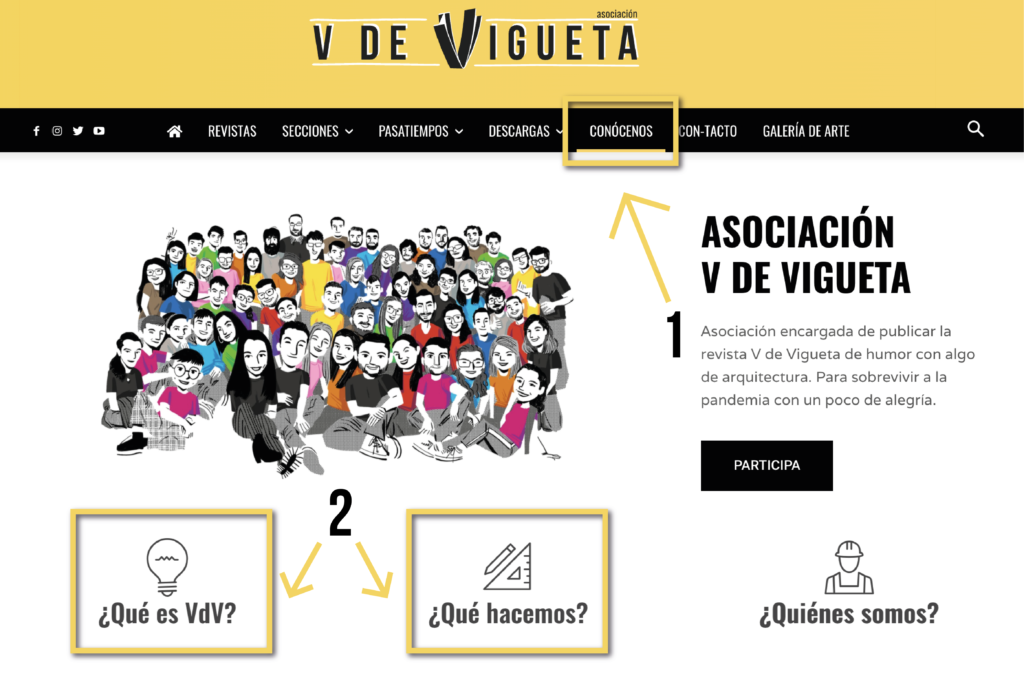Asset-intensive organisations are facing unprecedented problems, including pandemics and global climate change. It is more crucial than ever to build resilience by implementing strategic asset planning. This requires a change-oriented mindset that aligns risk and value in decision-making and a well-defined framework for asset life cycle management.
While every organization’s approach to strategic asset management might differ, a common set of rules is universal. These include:
Catalog and identify assets. This involves determining the exact location of every asset, its use frequency and its state. This will help you to identify the best way of prioritizing maintenance requests and streamlining work orders. This will also allow accurate financial estimates to be made for each maintenance task.
Establish a clear and defined prioritization based on risk of the most vital assets based upon the policies and objectives of the company. This will lower operational costs and help reduce downtime while increasing the uptime.
Find the best method to deal with obsolescence. this may involve resale, recycling or simply earmarking funds for disposal. A CMMS can aid in this process and can also assess each decision’s environmental impact.
Make sure that the policies and procedures are in place and regularly reviewed and revised to reflect business needs technology advancements, as well as thekey-partners industry best practices. This will increase the effectiveness of the asset management process and boost the value of each investment. A strategic asset management plan can also provide data-driven insight for budgeting more confidently in the future.




